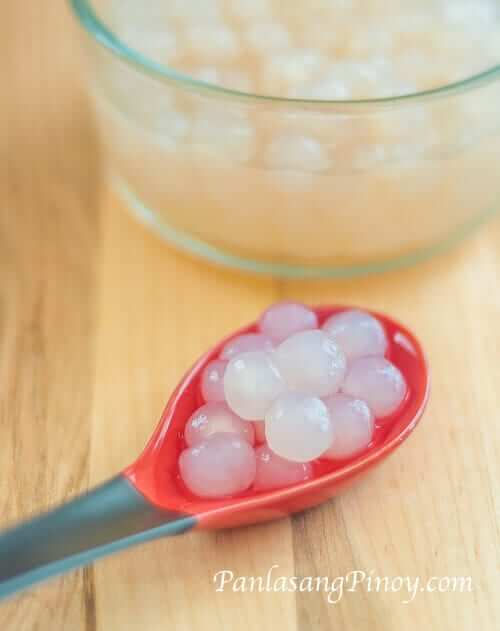What is Tapioca?
Tapioca is a well-known starch that is taken from a plant called cassava. Because of its chewy, gel-like consistency, it can be used in many recipes as a substitute for gluten. The cassava plant is widely consumed only in Africa and South America, while the rest of the world uses this plant exclusively for its…
This post may contain affiliate links. Please read our disclosure policy.
Tapioca is a well-known starch that is taken from a plant called cassava. Because of its chewy, gel-like consistency, it can be used in many recipes as a substitute for gluten. The cassava plant is widely consumed only in Africa and South America, while the rest of the world uses this plant exclusively for its starch. Learn about some of its characteristics and how you can use it to make tasty dishes.
What is Tapioca Made From?
As mentioned earlier, tapioca is a product of cassava. This starch is extracted from the cassava plant and used as a cooking agent. When soaked with other fluids, it becomes a gel capable of thickening a wide range of foods. Many professional cooks prefer this starch because it can retain its gel-like structure for much longer than corn starch. It can also be frozen, which makes it easy to store for future use.
What is Tapioca Used for?
From burger patties to candy, tapioca can be used to thicken almost any food. Bakers can use it to prevent dough from becoming soggy, as well as to give desserts a rich, thick texture. It is also not uncommon to find it as a listed ingredient on soup packets, flour and even meat products. Other common uses include desserts like boba tea, tapioca pudding and gummy sweets.
If you are on a gluten-free diet, cooking with tapioca is beneficial. It acts like gluten and even shares the same neutral taste, but without the effects.
What is Tapioca’s Effect on Your Health?
Since it is a starch, it means that it is a pure carbohydrate. It does not contain any fat or protein at all. Unfortunately, it is quite high in calories, with one cup containing 500 calories. You therefore need to watch the quantity you use in your dishes. If you’re counting calories, add those of the tapioca as well. If you enjoy foods made with tapioca, eat in strict moderation to avoid weight gain and erratic blood sugar levels.
Tapioca Storage and Use
Tapioca is available in different forms from your local food store. More often than not, you’ll find it in pearl form, which is great for desserts. You can also purchase tapioca flour or powder that you can use in soups and your favorite sauce recipes. Alternatively, you can buy the flakes. The type of tapioca you purchase will depend on what your recipe calls for.
Many people prefer to freeze tapioca in order to extend its life. However, this starch can be stored dry as long as it is tightly sealed. One of the big benefits of tapioca has over other starches is that it stays a gel for a long time. This means you can freeze and thaw it repeatedly without compromising its structure.
Tapioca can be a great product to have in your kitchen, especially if you are intolerant to gluten. It can be used to thicken almost anything and has a very long shelf life. Whether you’re diabetic or simply watching your weight, use this starch in moderation.


Leave a Comment